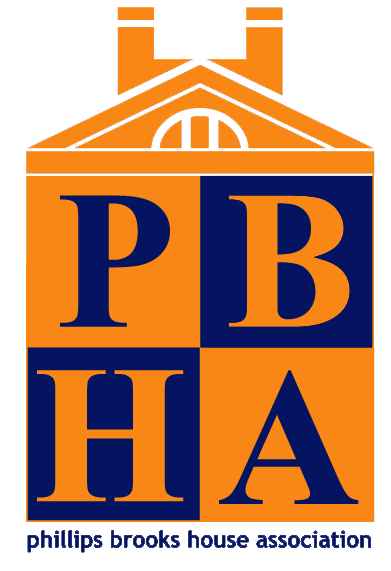Story #71: World War II and the Apolitical PBHA
The following historical insight has been extracted from “Babbling Brooks"“ — an undergraduate thesis written by former PBHA president Donald Henry Gips in 1982.
PBHA has and continues to learn about how to respond to emerging national and global circumstances and the climate of WWII is not an exception.
The Impact of World War II
World War II brought many of PBHA's community service efforts to a standstill. As Graduate Secretary Raymond Dennett noted in 1942, the organization's work became increasingly vital in fostering democracy and international understanding. He emphasized the responsibility of students to engage with their communities, arguing that true peace could only be achieved through grassroots cooperation and civic responsibility.
However, despite Dennett's calls for action, participation in traditional PBHA activities dwindled. By 1944-45, only 20 of the 745 enrolled students were actively involved in community service. PBHA adapted to the war effort, facilitating connections among veterans and organizing support for military initiatives, such as volunteering in hospitals and coordinating war bond sales.
Revival Post-War
With the end of the war, PBHA experienced a resurgence. By 1947, more than 500 volunteers were engaged in community service, inspired by a collective spirit of reform and service that characterized the post-war era. PBHA’s focus shifted slightly, emphasizing a more personal approach to community engagement.
“In those days…there was nothing embarrassing about social service…The Social Service Committee was an unashamed effort on the part of some students to go out and try to help other people who are less fortunate than them. It never came to my mind to think of this as a matter of exploitation…” - Robert Coles, a volunteer from 1947-50.
This period also saw PBHA maintaining its apolitical stance, focusing primarily on volunteerism rather than direct advocacy or political engagement. In fact, the Cabinet famously rejected a proposal to support President Pusey during the height of McCarthyism, citing concerns about the potential pitfalls of politicizing the organization.
Radcliffe Merges with PBHA
An essential transformation during this period was the gradual integration of women into PBHA. In 1940, Radcliffe established the Radcliffe Volunteer Service Organization (RVSO) as a parallel group to PBHA's Social Service Committee. With the onset of World War II and a shortage of male volunteers, collaboration between the two organizations intensified. By 1954, the Cabinet voted to recognize RVSO members as associates of PBHA, marking a significant step toward inclusivity, despite Harvard regulations preventing full membership for women. Ultimately, in 1958, the Cabinet lifted these restrictions, leading to a complete merger in 1961 when Ms. Mary Taylor became the first female president of PBHA. This shift not only enriched the organization’s volunteer base but also symbolized a broader societal change toward gender equality. (p. 57)
Legacy and Reflection
Looking back, PBHA’s journey through World War II and the subsequent decades showcases its resilience and adaptability. The organization's ability to respond to external crises while reflecting the evolving values of its volunteer base has been crucial to its enduring legacy. Many questions arose during this time: should PBHA engage in politics? What is PBHA’s role during a war? PBHA strives to properly answer these questions even today—and it is essential we reflect on these past decision and their effects to inform the present.
